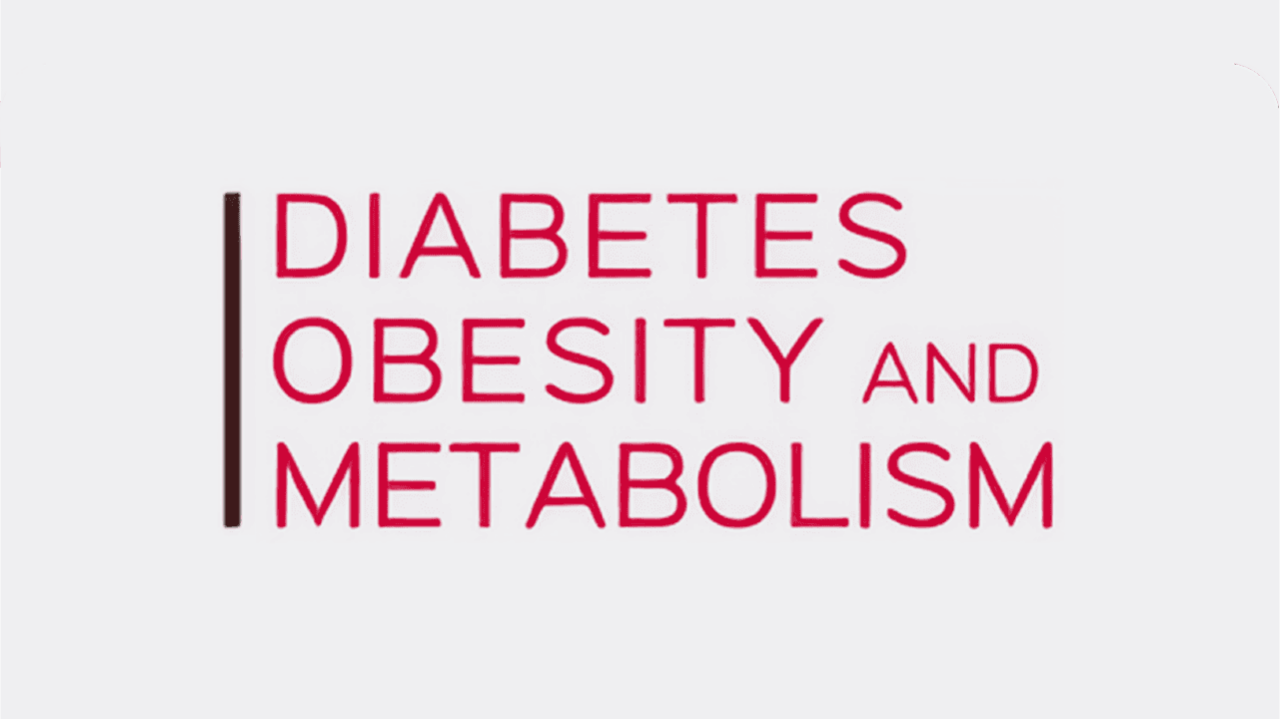

Measuring Success in Diabetes Management
Written by Vidya Raman-Tangella, Chief Medical Officer, Teladoc Health
In response to a new PHTI study, Teladoc Health advocates for a more comprehensive clinical strategy for digital diabetes care beyond just A1c reduction—an approach that aligns with ADA standards.
In the fast-paced world of digital innovation, there is always a risk that sizzle overshadows substance. However, even as real world-case studies demonstrate true results helping people live healthier lives, bridging the gap between individual results and industry assessment is imperative.
Recently, the Peterson Health Technology Institute (PHTI) released a first of its kind study seeking to examine the value of digital diabetes management programs, among programs like those offered by Teladoc Health. We applaud their effort to better understand which solutions are delivering better health at lower cost. At the same time, we find their approach to be narrow. While A1c is an incredibly valuable measure in controlling diabetes, it should not be viewed in a vacuum. As a mission-driven company committed to transforming the healthcare system, Teladoc Health takes a more comprehensive and clinical approach.
The need for a “whole person” approach to diabetes management has in fact been Teladoc Health’s care strategy for several years. We know that chronic conditions influence and ultimately exacerbate one another, with more than 40% of people living with a chronic disease are diagnosed with multiple conditions (1). And so, we measure our health outcomes based on:
- Level of A1c reduction, PLUS
- Control of blood pressure
- Stability of daily blood glucose levels
- Weight loss and healthy body mass index (BMI)
- Patient reported outcomes like diabetes distress
The factors we’ve outlined make substantial contributions to the health of a person and play a critical role in determining whether an individual can live a productive and long life with diabetes. Therefore, they are the suite of metrics that we monitor and evaluate for every member living with diabetes that we serve and whether they are in their doctor’s office or not – that’s the power of digital solutions.
These measures are intentional and based on evidence-based approaches from experts and leading professional organizations, most notably the ADA (American Diabetes Association). Our holistic approach is aligned with the ADA Standards of Care (widely viewed as the most credible source in diabetes), and the Association of Diabetes Care & Education Specialist (ADCES). This is why we are proud that our diabetes program has been accredited by both the ADA and ADCES. These organizations recognize not only our evidence-based approach but also our commitment to outcomes reporting.
Additionally, we know that while payers and employers care deeply about health, they also must manage costs. Teladoc Health’s multi-condition diabetes program averages 3.4x ROI (2), and we deliver $180 medical cost savings per participant per month (3). Teladoc Health demonstrates savings and measures cost trends by quantifying program impact on medical spend relative to spend without the program, and our methodology was validated by an independent actuarial firm Milliman.
From an outcome perspective, when the health plans and employers that offer Teladoc Health’s chronic condition management services engage their members and employees, they see:
- A 2.9 percentage point drop in A1c levels for those starting uncontrolled / for the highest risk group – a decrease that would put a person with a 9% A1c level safely in the controlled range. Our studies have shown that members achieve this reduction within the first few months of the program and these reductions are sustained for over five years. (4)
- A 13mmHg reduction in systolic blood pressure (5)
- An average weight loss of 5 percent in the first year (6)
- Significant improvements to diabetes distress over a period of 12 months (7)
With our success clear, we believe the conclusion of the PHTI research should not be to question the viability of an industry showing early promise, but rather a call for greater study and even scrutiny. We welcome an independent and well-funded voice to engage in primary research. But examining the limited research conducted by our young and rapidly evolving industry is not going to get you to conclusions you can extrapolate.
Teladoc Health is focused on delivering strong and measurable outcomes for our clients and members. This report from PHTI is a great reminder of why we need to place just as much emphasis on a cross-industry collaborative discourse on published research with the goal of driving maximum learnings and continuous improvement, because at the end of the day, it's about transforming the health and wellness experience to empower people everywhere to live their healthiest lives.
(1) Newman D, Tong M, Levine E, Kishore S. Prevalence of multiple chronic conditions by U.S. state and territory, 2017. PLoS One. 2020 May 5;15(5):e0232346. doi: 10.1371/journal.pone.0232346. Erratum in: PLoS One. 2020 Sep 24;15(9):e0239986. PMID: 32369509; PMCID: PMC7199953.
(2) Teladoc Health Data on File: DS-8291/DS3547
(3) Savings based on anchor condition using multi-condition ROI methodology, white paper
(4) Teladoc Health Book of Business Data: DS-10501
(5) Teladoc Health Book of Business Data: DS-8290
(6) Teladoc Health Book of Business Data: DS-12600
(7) Bollyky JB, Painter S, Poon JL, Perez-Nieves M, Shah B. Connected Glucose Meter Plus CDE Coaching Improved Diabetes Patient Empowerment and Distress in Real-World Outcomes Setting.









